Home>Home Appliances>Laundry Appliances>How To Fix A LG Washing Machine
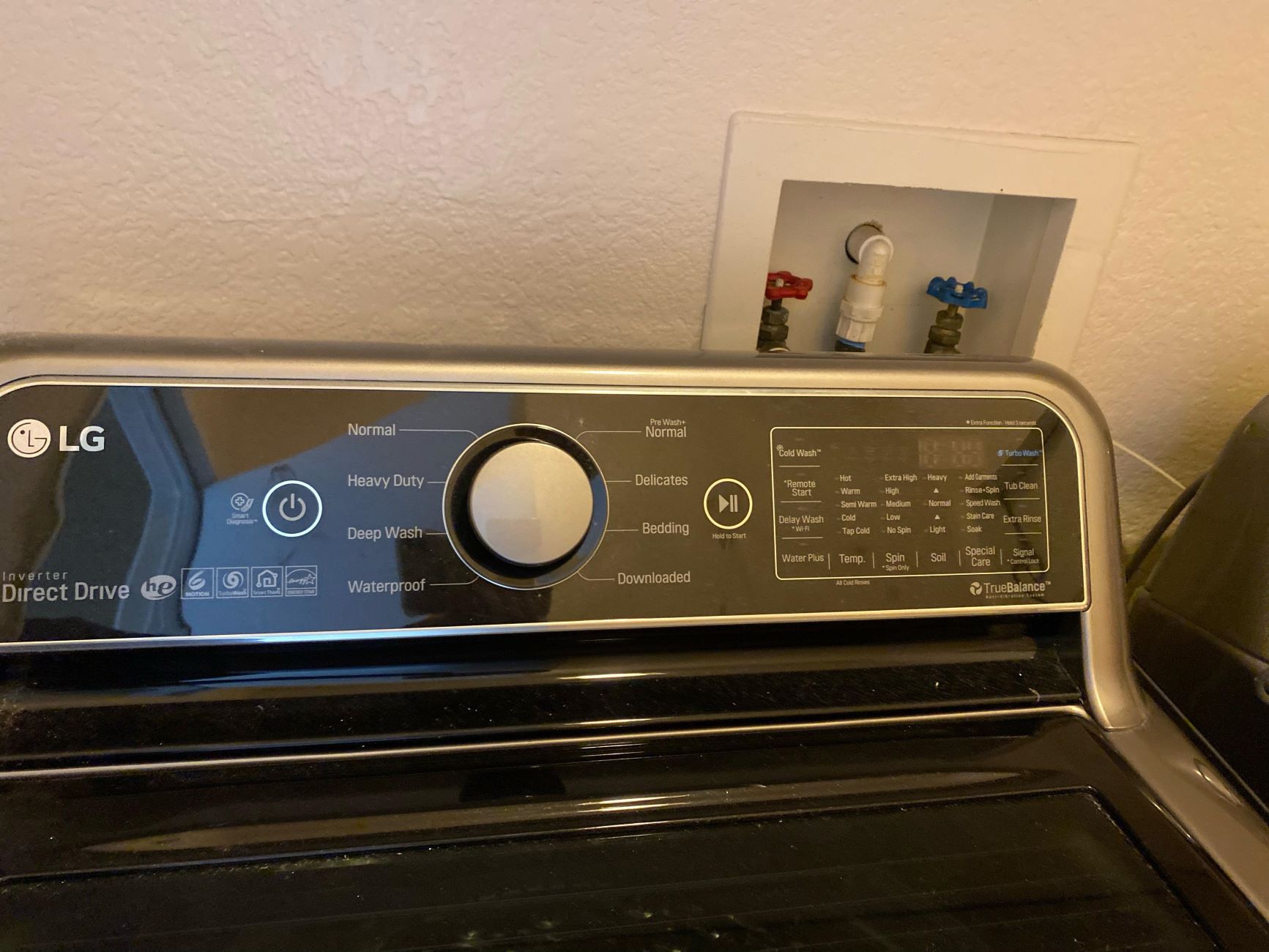

Laundry Appliances
How To Fix A LG Washing Machine
Modified: August 27, 2024
Learn how to fix your LG washing machine with our expert tips and troubleshooting advice. Keep your laundry appliances running smoothly with our helpful guide.
(Many of the links in this article redirect to a specific reviewed product. Your purchase of these products through affiliate links helps to generate commission for Storables.com, at no extra cost. Learn more)
Common Issues with LG Washing Machines
LG washing machines are known for their reliability and advanced features, but like any appliance, they can experience issues over time. Understanding the common problems that may arise with LG washing machines can help you troubleshoot and address issues promptly, ensuring that your laundry routine remains uninterrupted. Here are some of the most prevalent issues that LG washing machine owners may encounter:
-
Leaking: One of the most common issues with LG washing machines is water leakage. This can be caused by a variety of factors, including a damaged door seal, clogged drain hose, or a malfunctioning water inlet valve. Leaks can lead to water damage and should be addressed promptly.
-
Unusual Noises: If your LG washing machine is making unusual noises during the wash or spin cycle, it could indicate a problem with the drum bearings, motor, or belt. Ignoring these noises can lead to further damage and costly repairs.
-
Failure to Drain: A clogged drain pump or filter can cause the washing machine to fail to drain properly. This can result in standing water in the drum and may lead to foul odors and mold growth if not addressed promptly.
-
Spin Cycle Issues: If the spin cycle is not functioning as it should, it may be due to an unbalanced load, a worn drive belt, or issues with the motor or control board. A malfunctioning spin cycle can leave clothes excessively wet at the end of the wash, requiring additional drying time.
-
Error Codes: LG washing machines are equipped with error code systems to indicate specific issues. Common error codes include OE for drainage problems, UE for unbalanced loads, and DE for door lock issues. Understanding these codes can help pinpoint the source of the problem.
-
Foul Odors: Over time, mold, mildew, and detergent residue can accumulate in the washing machine, leading to unpleasant odors on freshly washed laundry. Regular cleaning and maintenance can help prevent this issue.
By familiarizing yourself with these common issues, you can be better prepared to address any potential problems that may arise with your LG washing machine. In the following sections, we will explore the tools needed for repairing LG washing machines and provide step-by-step guidance for troubleshooting and maintaining these appliances.
Key Takeaways:
- Keep your LG washing machine in top shape by addressing common issues like leaks, unusual noises, and drainage problems promptly. Regular maintenance and troubleshooting can help maintain optimal functionality and efficiency.
- Equip yourself with essential tools and follow a systematic approach to troubleshoot and replace parts in your LG washing machine. Regular cleaning, balanced loads, and professional servicing can prolong the appliance’s lifespan.
Read more: How To Fix A Leaking Washer
Tools Needed for Repairing LG Washing Machines
When it comes to repairing LG washing machines, having the right tools at your disposal is essential for effectively diagnosing and addressing issues. Whether you are dealing with leaks, unusual noises, drainage problems, or other common issues, having a well-equipped toolkit can streamline the repair process and ensure that the job is completed efficiently. Here are the essential tools needed for repairing LG washing machines:
1. Screwdriver Set
A comprehensive screwdriver set is indispensable for accessing various components of the washing machine, including the back panel, control panel, and door assembly. Different screwdriver types, such as Phillips and flathead, may be required to remove screws of different sizes and types.
2. Adjustable Wrench
An adjustable wrench is crucial for loosening and tightening nuts, bolts, and hose fittings. It provides flexibility in handling components of varying sizes, making it a versatile tool for washing machine repairs.
3. Pliers
Both needle-nose and channel-lock pliers are valuable for gripping, twisting, and manipulating small components, such as clamps, wires, and connectors. These tools enable precise handling and maneuvering within the washing machine's internal mechanisms.
Read more: How To Fix The Washing Machine
4. Multimeter
A multimeter is an indispensable diagnostic tool for troubleshooting electrical issues within the washing machine. It allows for the measurement of voltage, current, and resistance, aiding in the identification of faulty components such as motors, switches, and wiring.
5. Flashlight
A reliable flashlight is essential for illuminating the interior of the washing machine, especially in dimly lit areas. It facilitates visual inspection and identification of potential issues, such as leaks, blockages, or damaged components.
6. Drain Pump Filter Wrench
Specifically designed for LG washing machines, a drain pump filter wrench is essential for accessing and cleaning the drain pump filter. This tool ensures a secure grip on the filter cap, allowing for easy removal and maintenance.
7. Tub Seal Bearing Kit (For Advanced Repairs)
In cases where the washing machine's drum bearings and seals require replacement, a tub seal bearing kit is necessary. This kit typically includes specialized tools for disassembling the drum assembly and replacing the bearings and seals.
By ensuring that these essential tools are readily available, you can approach LG washing machine repairs with confidence and efficiency. Additionally, it is important to prioritize safety during repairs, including unplugging the appliance and following proper safety protocols. With the right tools and a methodical approach, you can effectively address common issues and restore your LG washing machine to optimal functionality.
Read more: How To Fix A Washer Machine
Steps to Troubleshoot LG Washing Machine Problems
Troubleshooting LG washing machine problems can be a systematic process that helps identify and address issues affecting the appliance's performance. By following a structured approach, you can effectively diagnose the root causes of common problems and take appropriate corrective measures. Here are the essential steps to troubleshoot LG washing machine problems:
1. Initial Inspection
Begin by conducting a visual inspection of the washing machine. Check for any visible signs of damage, leaks, or loose connections. Inspect the power cord, water inlet hoses, and drain hose for any abnormalities. Additionally, ensure that the washing machine is on a level surface to prevent imbalance during operation.
2. Error Code Interpretation
If the washing machine displays an error code, refer to the user manual or manufacturer's guidelines to interpret the code. Error codes such as OE (drainage issues), UE (unbalanced load), or DE (door lock problems) provide valuable insights into the specific nature of the problem, allowing for targeted troubleshooting.
3. Functional Testing
Initiate a test cycle to observe the washing machine's performance. Pay attention to the filling, agitating, draining, and spinning phases to identify any irregularities or abnormal sounds. Note any specific patterns or occurrences that may indicate underlying issues.
Read more: How To Fix A Kenmore Washer
4. Drainage and Water Supply Check
Inspect the drain pump and filter for blockages or debris that may impede proper drainage. Additionally, ensure that the water inlet valves and hoses are free from obstructions and securely connected. Adequate water supply and efficient drainage are essential for the washing machine's optimal operation.
5. Load Balance Assessment
Unevenly distributed loads can lead to performance issues during the wash and spin cycles. Verify that the laundry load is evenly distributed within the drum to prevent imbalance-related problems. Overloading the washing machine can also impact its performance and longevity.
6. Component Inspection
Examine key components such as the door seal, drum bearings, drive belt, and motor for signs of wear, damage, or malfunction. Unusual noises, leaks, or erratic movements during operation may indicate issues with these components, necessitating further inspection and potential replacement.
7. Electrical System Diagnosis
Use a multimeter to test the electrical components, including the motor, control board, and wiring harness, for proper functionality. Measure voltage, continuity, and resistance to identify any electrical faults that may be contributing to the washing machine's problems.
Read more: How To Fix A Washing Machine Timer
8. Professional Consultation
If troubleshooting efforts do not yield definitive solutions or if the issues appear complex, consider seeking professional assistance from certified technicians or authorized service centers. Professional expertise can provide comprehensive diagnostics and precise solutions for intricate problems.
By systematically following these troubleshooting steps, you can gain valuable insights into the underlying issues affecting your LG washing machine. This methodical approach enables you to identify specific problems and take informed actions to restore the appliance's functionality, ensuring efficient laundry care and prolonged appliance lifespan.
How to Replace LG Washing Machine Parts
Replacing parts in an LG washing machine may become necessary to address specific issues and ensure the appliance's continued performance. Whether it's a faulty door seal, a worn-out drive belt, or a malfunctioning motor, understanding the process of replacing essential components is crucial for effective maintenance. Here's a detailed guide on how to replace LG washing machine parts:
1. Preparation and Safety Measures
Before initiating any repair or part replacement, prioritize safety by unplugging the washing machine from the power source. Additionally, gather the necessary tools, including screwdrivers, pliers, and wrenches, to facilitate the disassembly and reassembly process. It's also advisable to refer to the appliance's user manual or technical documentation for specific instructions related to part replacement.
2. Identifying the Problematic Part
Diagnose the specific issue affecting the washing machine to identify the part that requires replacement. Whether it's a leaking door seal, a noisy motor, or a damaged drive belt, pinpointing the problematic part is essential for targeted replacement.
Read more: How To Fix A Ge Washing Machine
3. Accessing the Internal Components
Depending on the part to be replaced, access the relevant internal components of the washing machine. This may involve removing the front or rear access panels, the control panel, or the door assembly to gain clear visibility and access to the faulty part.
4. Removal of the Defective Part
Carefully detach the defective part from its mounting or connection points within the washing machine. Use appropriate tools to loosen and remove screws, nuts, or fasteners holding the part in place. Exercise caution to avoid damaging surrounding components during the removal process.
5. Installation of the New Part
Once the defective part is removed, proceed to install the new replacement part. Ensure that the replacement component matches the specifications and compatibility requirements of the LG washing machine model. Securely fasten the new part in its designated position, following the manufacturer's guidelines and assembly instructions.
6. Reassembly and Testing
After replacing the part, reassemble the washing machine's panels and components in the reverse order of disassembly. Once reassembled, conduct a test cycle to verify the proper functioning of the replaced part. Observe for any abnormal sounds, leaks, or operational irregularities to confirm the successful replacement.
Read more: How To Fix Washer Off Balance
7. Professional Assistance (If Needed)
In cases where the replacement process involves intricate components or complex assemblies, consider seeking professional assistance from certified technicians or authorized service centers. Professional expertise can ensure precise installation and optimal performance of the replaced part.
By following these steps, you can effectively replace essential parts in an LG washing machine, addressing specific issues and maintaining the appliance's functionality. Prioritizing safety, adherence to manufacturer guidelines, and meticulous attention to detail are key factors in successful part replacement, contributing to the prolonged reliability and performance of the washing machine.
Tips for Maintaining LG Washing Machines
Proper maintenance is essential for preserving the performance, longevity, and efficiency of LG washing machines. By incorporating regular maintenance practices into your laundry appliance care routine, you can mitigate potential issues, optimize cleaning results, and extend the lifespan of your LG washing machine. Here are valuable tips for maintaining LG washing machines:
-
Regular Cleaning: Clean the door seal, detergent dispenser, and drum of the washing machine to prevent the buildup of mold, mildew, and detergent residues. Use a mild detergent and warm water to wipe the surfaces, and periodically run a cleaning cycle with vinegar or specialized washing machine cleaners to eliminate odor-causing residues.
-
Optimized Detergent Usage: Follow the manufacturer's guidelines for detergent usage and avoid overloading the washing machine with excessive detergent. Using the appropriate amount of detergent helps prevent residue buildup and maintains optimal cleaning performance.
-
Balanced Loads: Ensure that laundry loads are evenly distributed within the drum to prevent imbalance during the wash and spin cycles. Overloading the washing machine can strain the motor and suspension system, leading to premature wear and tear.
-
Inspect and Clean Drainage Components: Regularly inspect the drain pump filter and drain hose for debris, lint, or foreign objects that may impede proper drainage. Clear any obstructions to prevent drainage issues and maintain efficient water removal during the wash cycle.
-
Check Water Inlet Filters: Periodically inspect and clean the water inlet filters to prevent sediment and mineral buildup that can restrict water flow into the washing machine. Clean filters ensure consistent water supply and optimal washing performance.
-
Leveling and Alignment: Verify that the washing machine is level and properly aligned to prevent excessive vibrations and noise during operation. Adjust the leveling feet as needed to ensure stability and minimize movement during the wash and spin cycles.
-
Inspect Hoses and Connections: Regularly examine the water inlet hoses, drain hose, and electrical connections for signs of wear, leaks, or damage. Replace worn hoses and tighten loose connections to prevent water leaks and electrical issues.
-
Routine Maintenance Checks: Conduct periodic inspections of key components such as the door seal, drum bearings, and drive belt for signs of wear or damage. Addressing minor issues promptly can prevent more extensive problems in the future.
-
Professional Servicing: Consider scheduling professional servicing and maintenance checks by authorized technicians to ensure comprehensive inspections, component lubrication, and adjustments. Professional servicing can identify potential issues early and optimize the washing machine's performance.
By integrating these maintenance tips into your laundry appliance care regimen, you can uphold the efficiency, reliability, and longevity of your LG washing machine. Consistent maintenance practices contribute to optimal cleaning results, energy efficiency, and a prolonged lifespan for your valuable laundry appliance.
Frequently Asked Questions about How To Fix A LG Washing Machine
Was this page helpful?
At Storables.com, we guarantee accurate and reliable information. Our content, validated by Expert Board Contributors, is crafted following stringent Editorial Policies. We're committed to providing you with well-researched, expert-backed insights for all your informational needs.
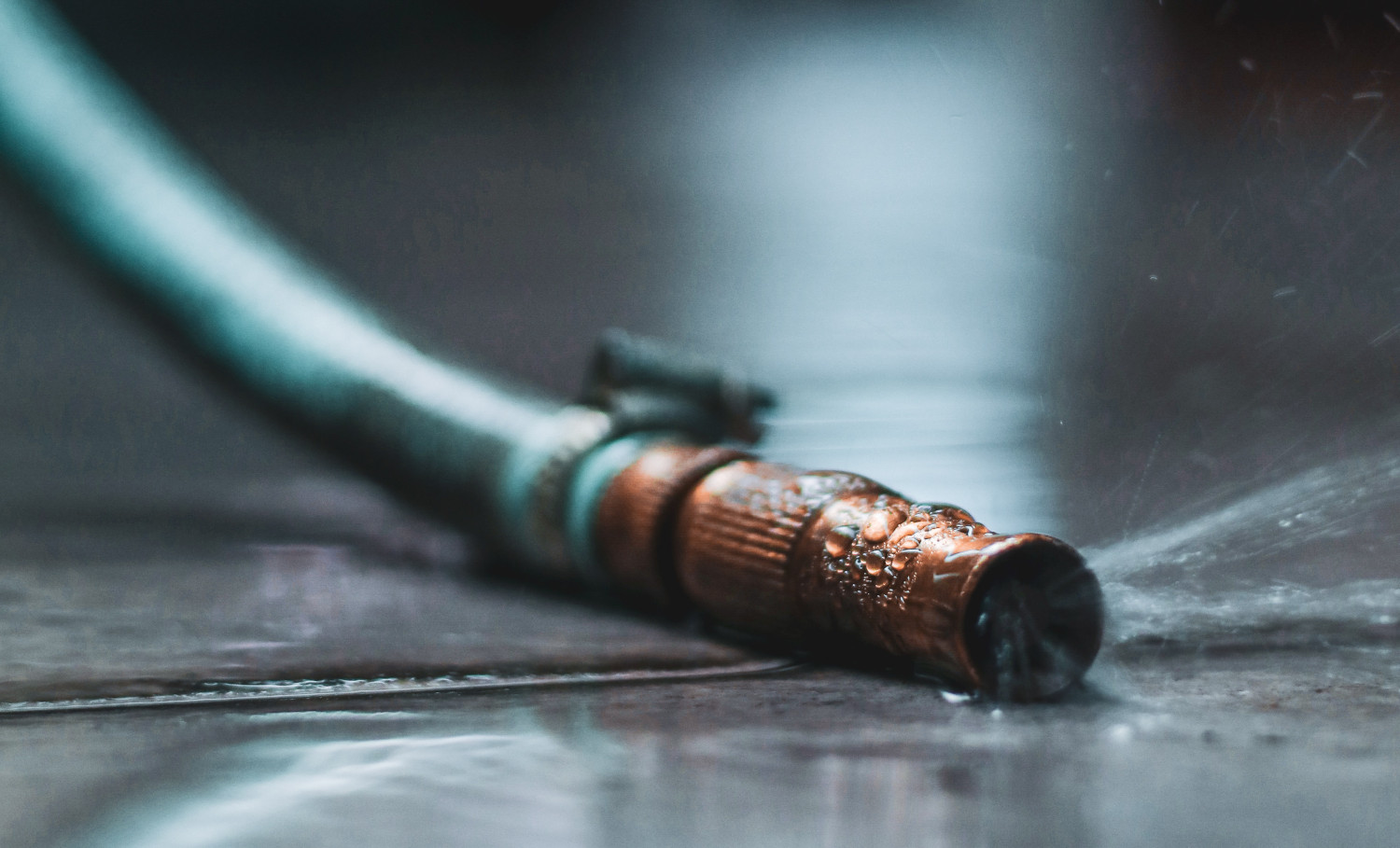
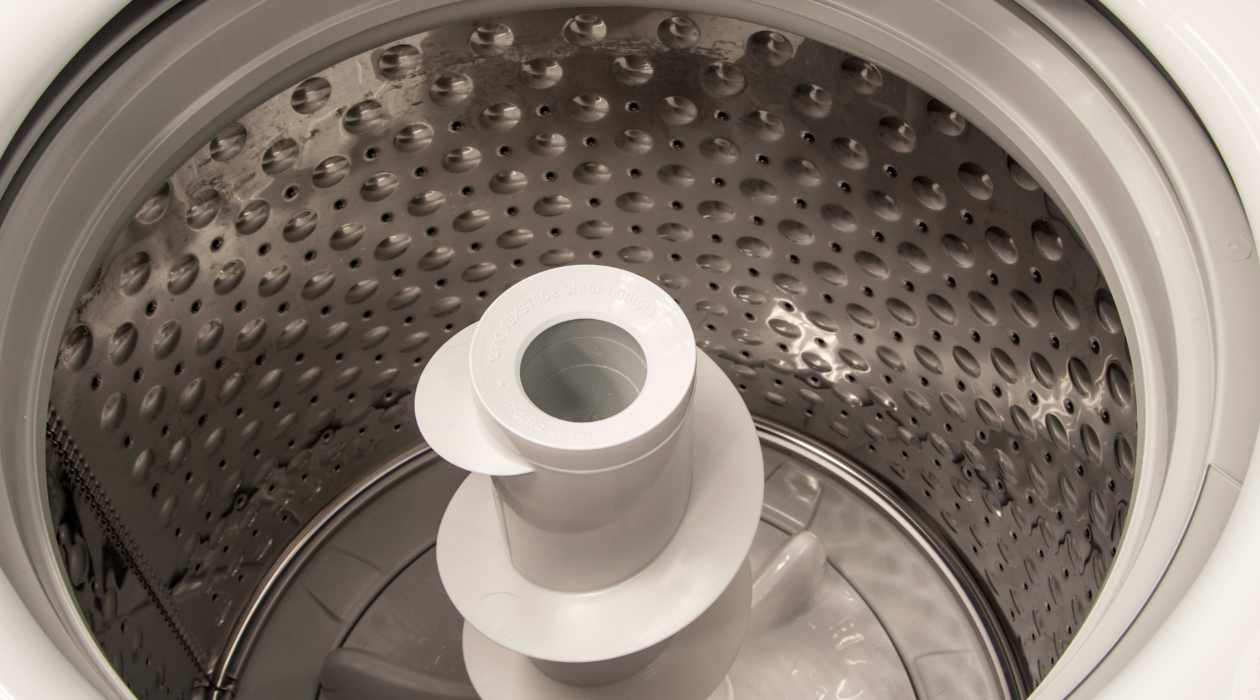
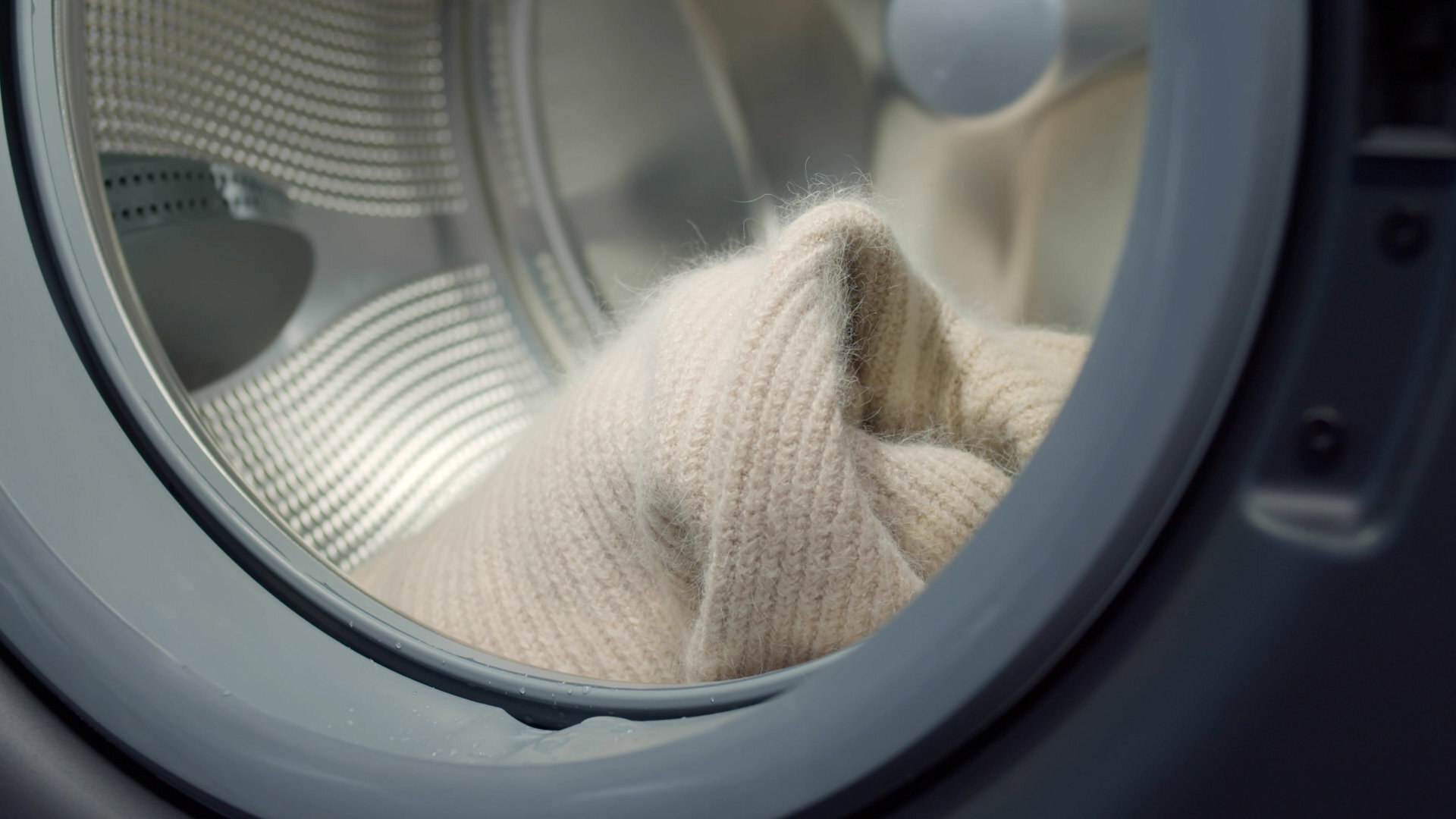
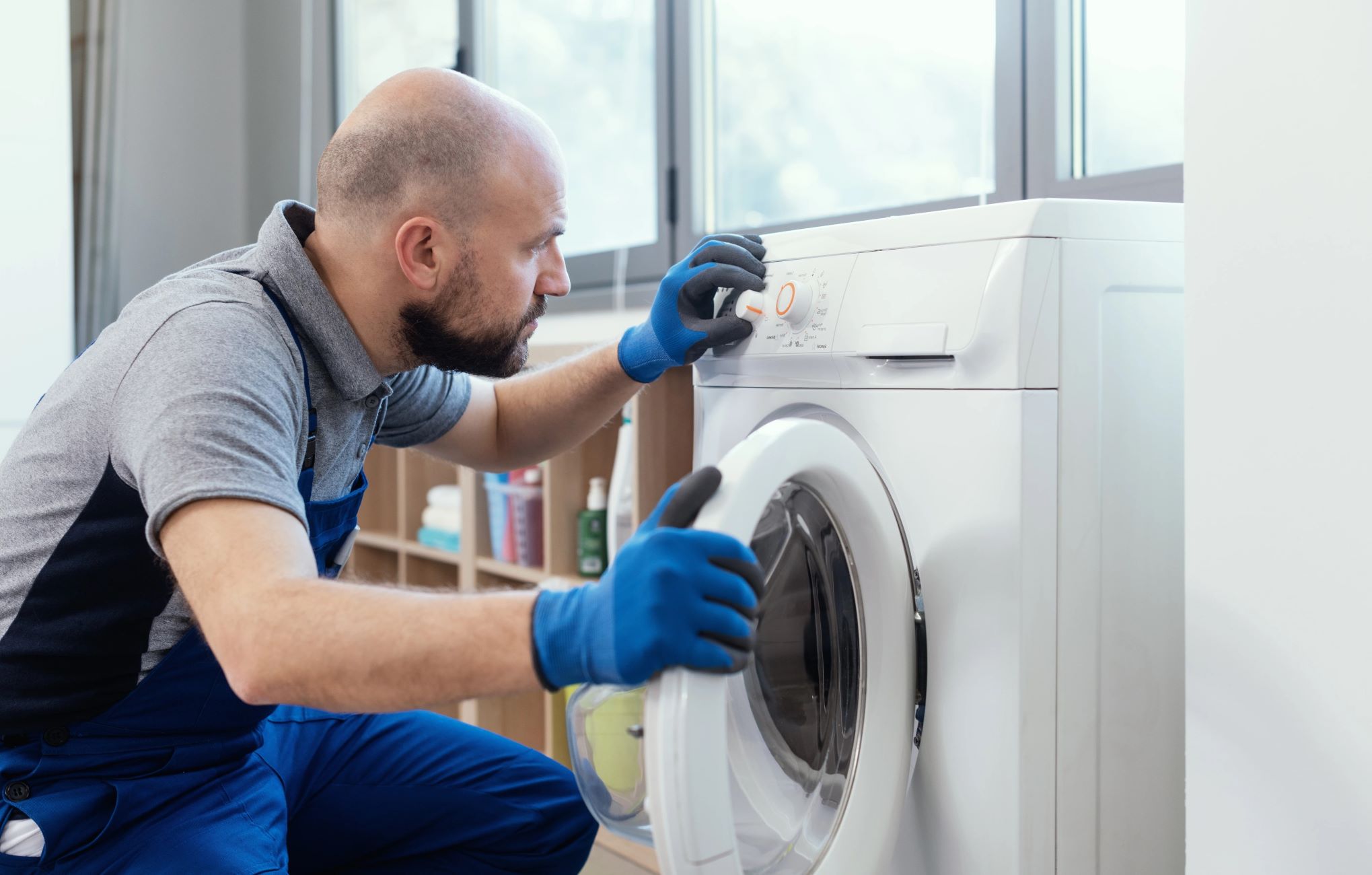
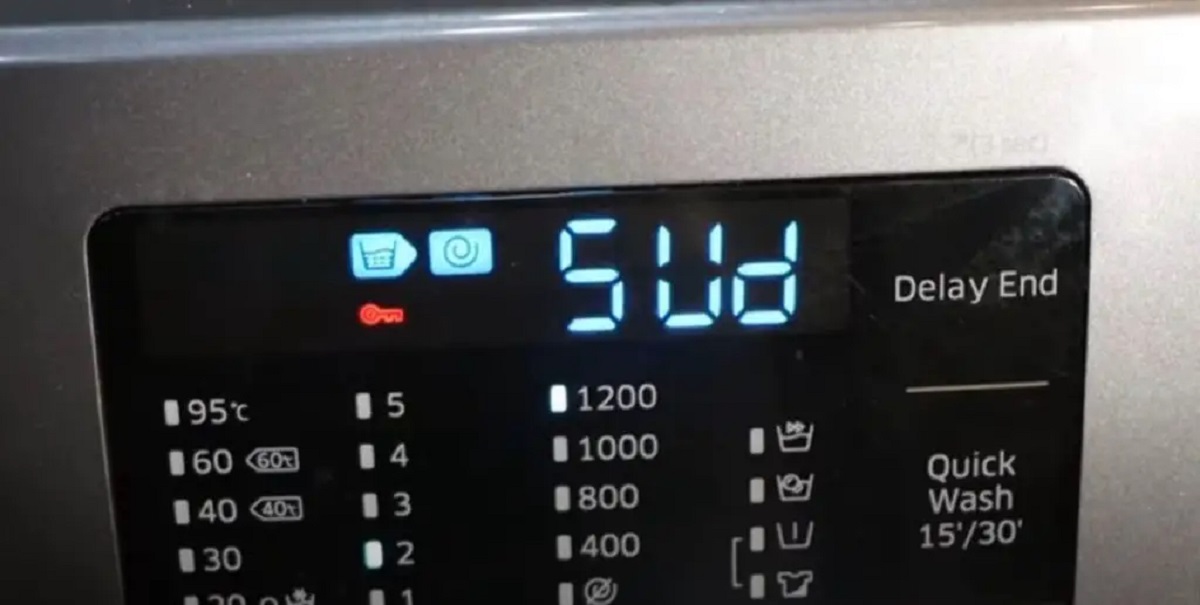
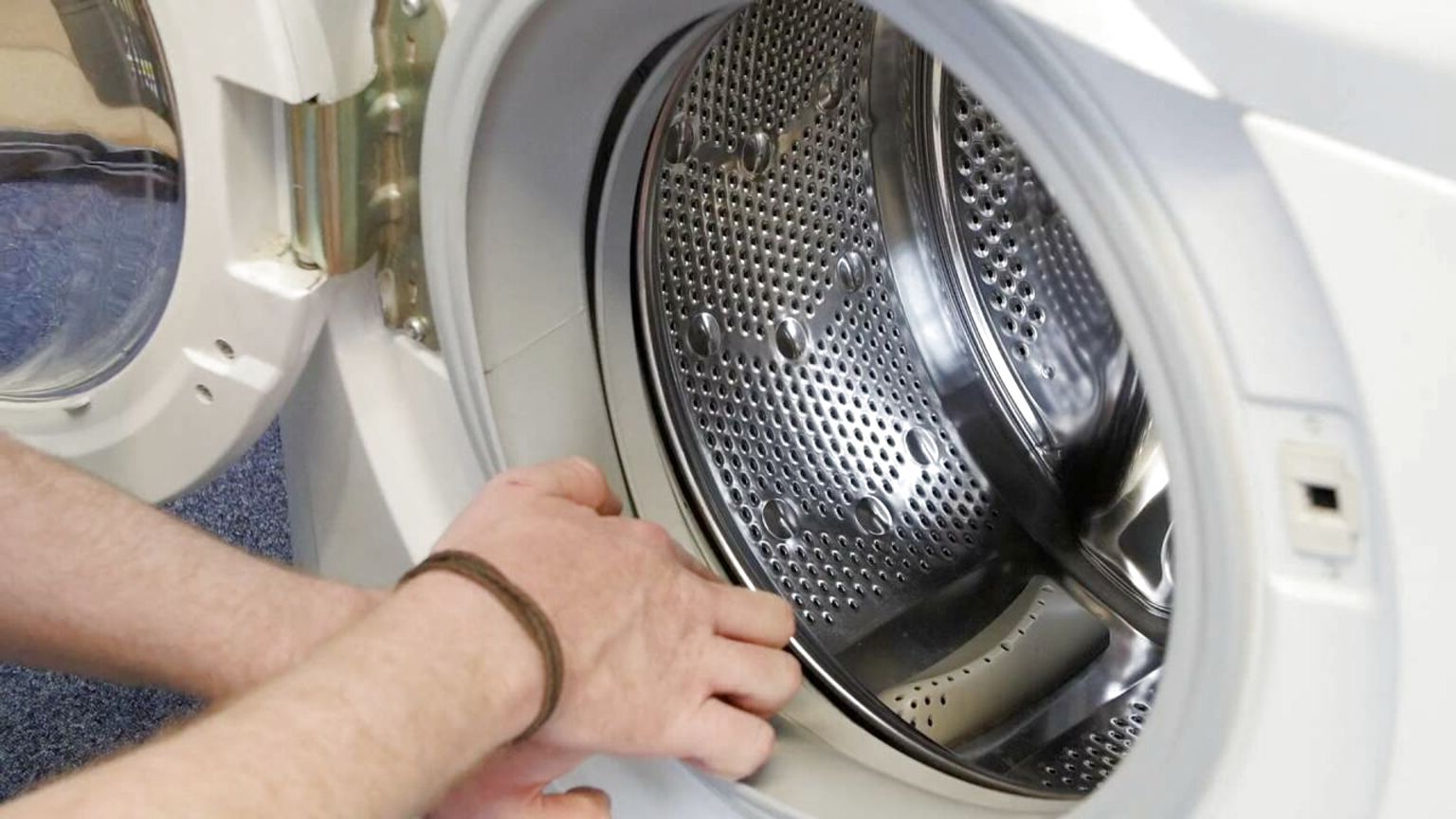
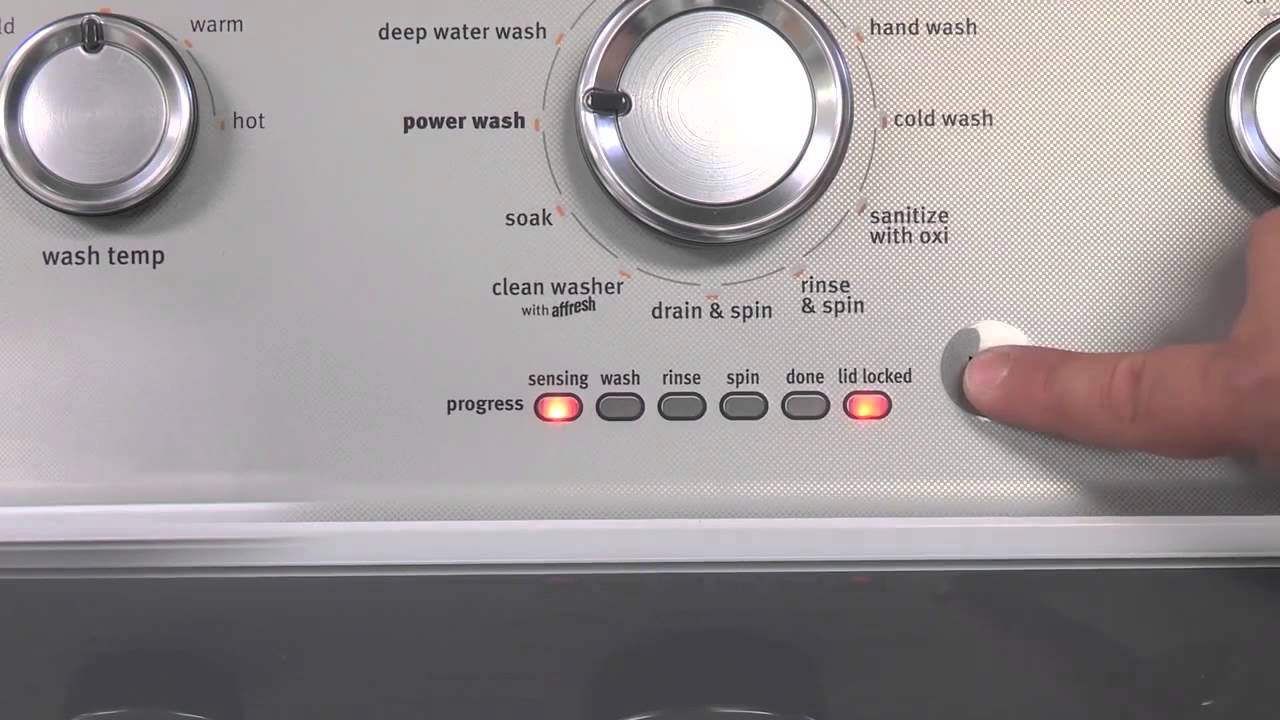

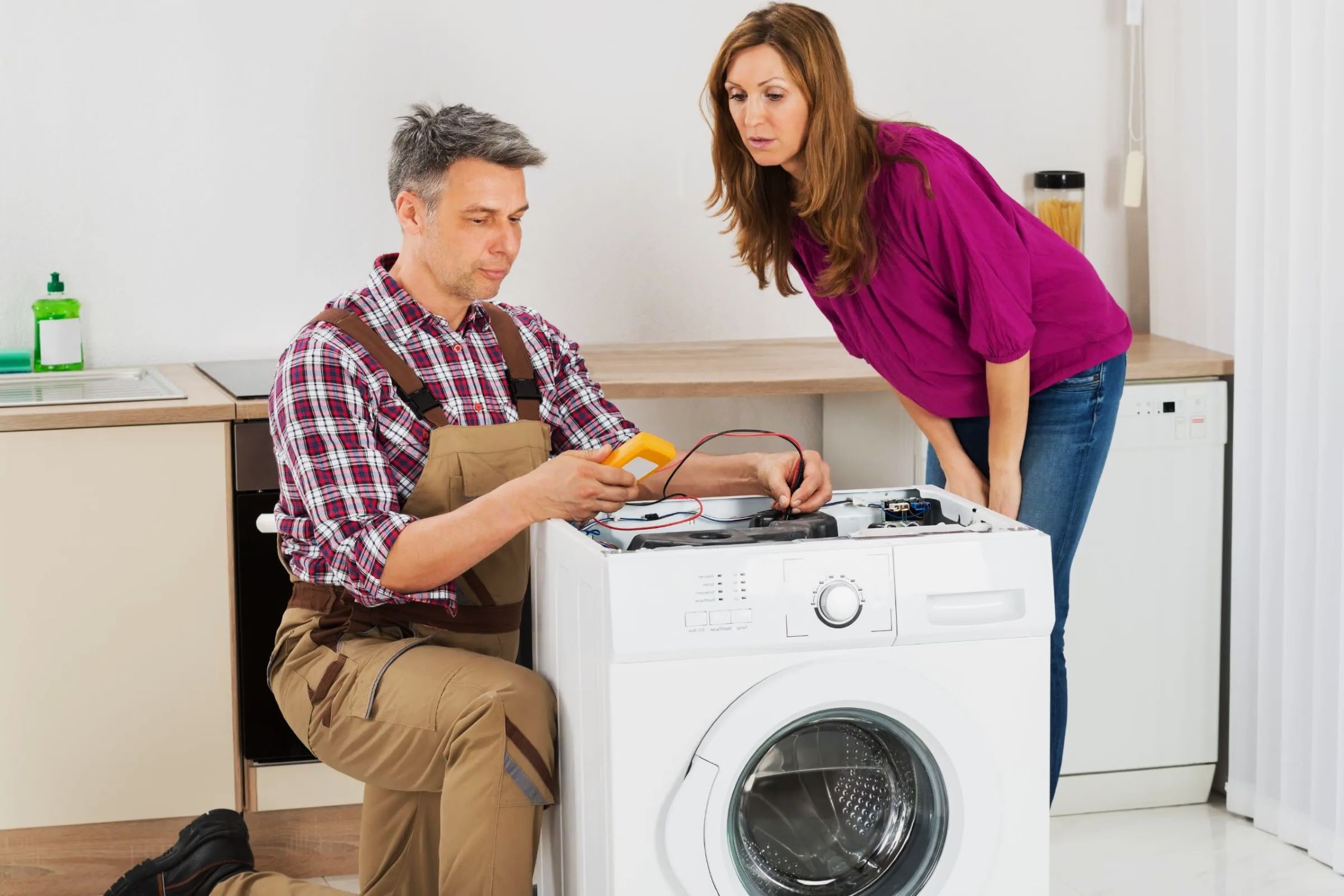

0 thoughts on “How To Fix A LG Washing Machine”